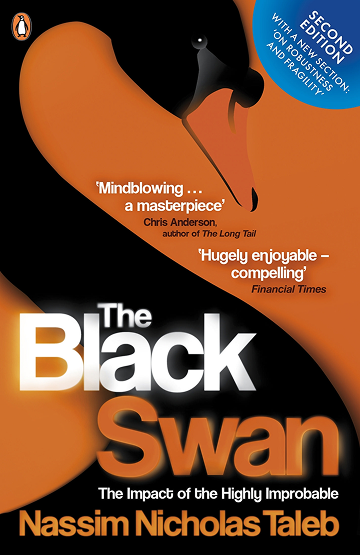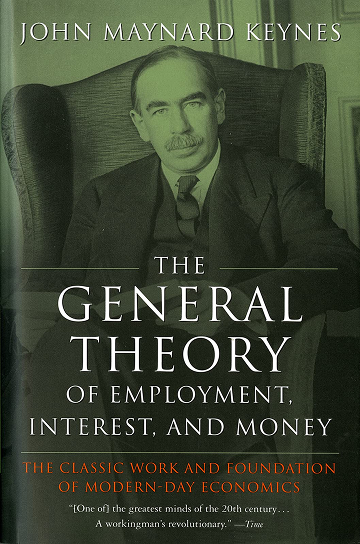
Philip Fisher Biography, Career, Net Worth, and Key Insight



Philip Fisher’s Profile Summary
|
Company
|
Self-employed |
|---|---|
|
Position
|
Philip Fisher was a well-known independent investor and author. He was self-employed as an investment counselor and adviser, operating under his own name for the majority of his career. |
|
Source of wealth
|
Investment counseling and advisory fees from Fisher & Company, profits from personal long-term investments, royalties from investment literature. |
|
Also known as
|
Author of investment books, Influential investment philosopher. |
|
Years of life
|
08.09.1907 - 11.03.2004 |
|
Education
|
Stanford Graduate School of Business – attended, did not complete degree. |
|
Citizenship
|
United States |
|
Residence
|
San Francisco, California, United States |
|
Family
|
His son, Kenneth Fisher, is the most notable member of his family. |
|
Website, Social Media
|
https://www.fisherandcompany.co.uk/home-2/ |
Philip Fisher’s biography
Philip Arthur Fisher, born on September 8, 1907, in San Francisco, California, was a pioneering American investor and author who played a significant role in shaping modern investment philosophies. After studying at Stanford University’s Graduate School of Business, Fisher launched his own investment advisory firm, Fisher & Company, in 1931, focusing on long-term growth investing. He is best known for his influential book Common Stocks and Uncommon Profits (1958), which became a classic in the field of value and growth investing. Fisher's investment philosophy emphasized deep research into the companies he invested in, favoring businesses with strong management, innovative cultures, and solid growth potential. His focus on the qualitative aspects of companies, such as management competence and potential for innovation, set him apart from many of his contemporaries. His legacy includes influencing notable investors such as Warren Buffett, who considered Fisher's approach complementary to Benjamin Graham's. Fisher passed away in 2004, leaving behind a lasting impact on the investment world through his writings and investment strategies.-
How did Philip Fisher make money?
Philip Fisher makes money in the following areas:
Investment counseling and advisory fees from Fisher & Company, profits from personal long-term investments, royalties from investment literature.
-
What is Philip Fisher net worth?
As of 2025, there is no publicly available and reliable information regarding Philip Fisher’s net worth.
What is Philip Fisher also known as?
Philip Fisher was a widely respected author, best known for his seminal book Common Stocks and Uncommon Profits, which laid out his investment philosophy focusing on qualitative factors. He was also considered an influential investment philosopher, contributing significantly to the development of growth investing principles, emphasizing factors such as management competence and innovation potential. His writings and investment approach have inspired many successful investors, including Warren Buffett.Prominent achievements of Philip Fisher
Author of the groundbreaking investment book Common Stocks and Uncommon Profits (1958), which was the first investment book ever to make it to the New York Times bestseller list. His investment firm, Fisher & Company, operated successfully for decades. He is credited with being one of the key figures in shaping modern growth investing and influencing major investors like Warren Buffett.What are Philip Fisher’s key insights?
Philip Fisher's business philosophy centered around long-term growth investing. He believed in investing in companies with strong management, innovative potential, and good prospects for sustainable growth. Fisher emphasized qualitative research, advocating for thorough company analysis through direct inquiry, and coined the concept of "scuttlebutt" research. He was a proponent of buying and holding high-quality companies over the long term, rather than focusing on short-term market movements.
Philip Fisher’s personal life
Philip Fisher’s family includes his son, Kenneth Fisher, who followed in his father’s footsteps as an investor and author, becoming well-known for his own contributions to investment philosophy. Philip Fisher's personal life was kept private, with little public information available about other family members.
Useful insights
Understanding market forces
In my experience, to truly succeed as an investor, it’s essential to understand the driving forces behind market behavior. Market movements aren’t random—they’re influenced by a range of economic theories and dynamics. The following books provide valuable insights into these forces, offering a deeper understanding of how global financial markets operate and what shapes their trends.
-
Nassim Nicholas Taleb – "The Black Swan"

-
Summary:
Taleb explores the concept of rare, unpredictable events—so-called "Black Swans"—that can have massive impacts on markets and society. These events are often overlooked by traditional risk management models, leading to devastating consequences when they occur. Taleb illustrates how these unpredictable shocks shape our world, often more than gradual, expected changes.
-
Why read it:
This book challenges conventional thinking about risk and uncertainty, showing that many major historical and financial events were "Black Swans." It's a vital read for investors who want to build resilience in the face of market volatility.
-
-
John Maynard Keynes – "The General Theory of Employment, Interest, and Money"

-
Summary:
Keynes revolutionized economics by focusing on total demand within an economy and its effect on output and inflation. His theory suggested that government intervention could stabilize economic cycles through fiscal and monetary policy. The book also explains the consequences of under-consumption and the role of interest rates in managing economic stability.
-
Why read it:
For investors interested in macroeconomic trends and policy impacts, Keynes’ work is essential. Understanding the Keynesian framework can help investors predict how government actions might influence market performance.
-
Other profiles in category
Popular Financial Guides
Latest Financial News

South Africa unveils digital visas to attract film and events

South Africa invests R710 million to expand free Internet access































































































































